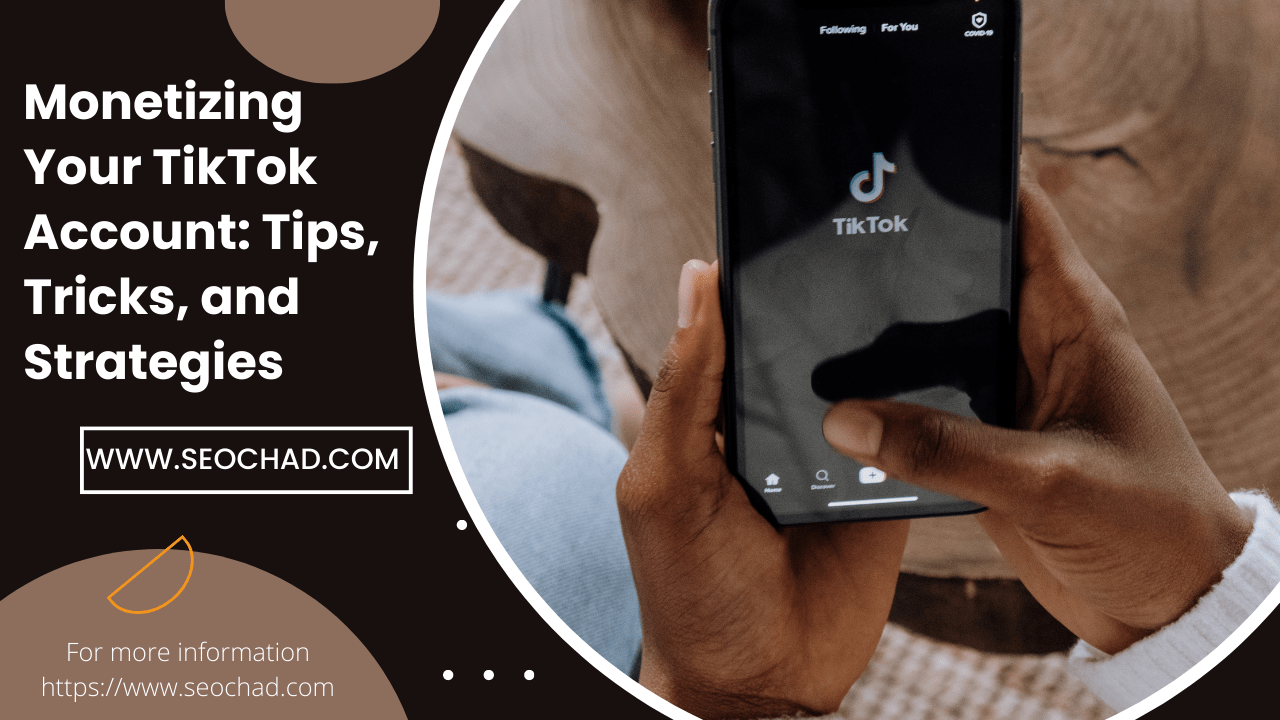Digital marketing is constantly evolving, and staying ahead of the curve is becoming increasingly crucial for businesses to remain competitive. In this article, we will explore virtual reality (VR), how it can be used in digital marketing, and some potential benefits it offers. Get ready to learn how VR could revolutionize how you market your business online!
What is Virtual Reality?
Virtual reality (VR) is a computer-generated environment that lets you experience a different place or situation. It’s sometimes called “immersive media” or “computer-simulated life.”
Most VR is experienced through a headset, which blocks the natural world and replaces it with computer-generated images, sounds, and sensations. You can look around in a VR world just as you would in real life, and some systems let you interact with virtual objects using handheld controllers.
Some say VR is the next big thing in computing and digital marketing. That’s because it can change how we interact with computers and experience the world around us.
Digital marketers are already beginning to experiment with VR, creating immersive experiences that allow users to explore products and services in new ways. For example, Coca-Cola used VR to give people a tour of its new manufacturing plant. Marriott Hotels has created a virtual reality travel experience that transports users to different locations worldwide.
As VR technology becomes more widely available, we’re likely to see even more innovative uses for it in digital marketing.
Pros and Cons of VR
Virtual reality has been around for a while but has only recently become affordable and accessible. And with the release of the Oculus Rift and other VR headsets, 2016 is shaping up to be the year of virtual reality.
But what is virtual reality? And how can digital marketers benefit from using it?
In this article, we’ll look at what virtual reality is, how it works, and some potential benefits and challenges of using VR in marketing.
How Can VR Be Used for Marketing Campaigns?
As more and more businesses are trying to figure out how to use virtual reality (VR) for marketing campaigns, it’s becoming clear that this technology can be used for various purposes. For example, VR can give potential customers a tour of a product or service before they purchase it. It can also create an immersive experience that allows customers to interact with a brand in a new way.
There are a few things to remember when using VR for marketing campaigns. First, ensuring that the VR experience is high quality and engaging is essential. Second, businesses need to think about how they can use VR to achieve their specific marketing goals. For example, if a company wants to increase brand awareness, it might create a VR experience that allows users to explore different aspects of the brand. If a business wants to increase sales, it might make a VR experience that simulates using the product or service.
Finally, businesses must consider the cost of creating and maintaining a VR experience. While VR technology is becoming more affordable, it’s still important to factor in the cost of development and hosting when planning a marketing campaign.
Potential Problems VR Faces
VR faces several potential problems as it begins to enter the mainstream market. First, VR technology is still very new, and there are not a lot of established standards yet. This can make it difficult for developers to create consistent experiences across different platforms. Additionally, VR headsets can be expensive and require a powerful computer to run correctly. This could limit its appeal to only the most dedicated gamers and early adopters. Finally, VR technology can cause some people to experience motion sickness or headaches. This needs to be addressed before VR can truly become mainstream.




